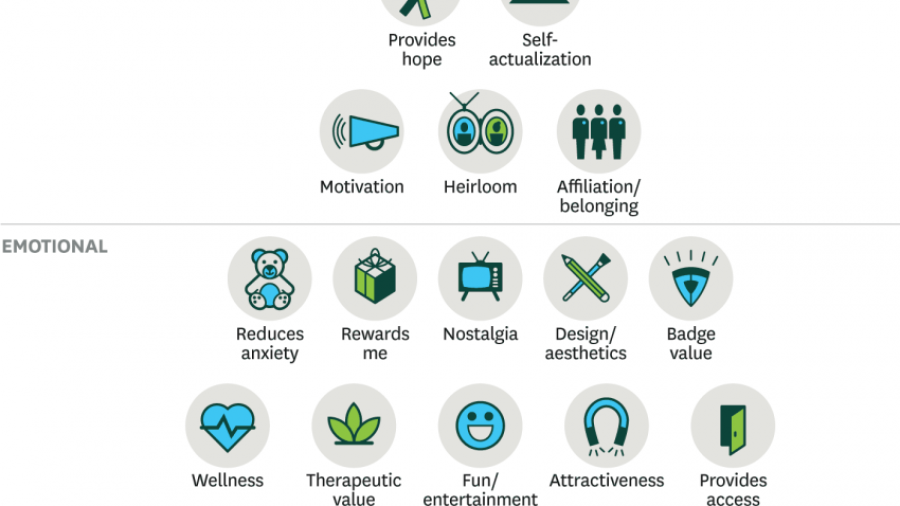You know that feeling of anticipation and nervousness as you’re climbing the first big hill in a roller coaster? You’re excited but holding onto the handles tightly because you know the big drop is coming soon, then you crest the hill, barreling down at over sixty miles an hour and your stomach drops. Once you fly down that gigantic hill though, you loosen your grip a bit because the scariest part is over, and your teeth unclench and you relax and scream and enjoy the ride and the upside down loops and ridiculous speeds. Then when it’s over and little car stops, you breathlessly look at your friend next to you, grins plastered to both of your faces, with a look in your eyes that says “let’s do it again!”

That, my friends, is entrepreneurship.
This week marks one year of saying goodbye to the 9-5, working for myself, and seeing just what 100 Degrees Consulting could be.
To say the very least, it’s been better than expected. The highs are pretty darn high: no employee handbook dictating when I have to be in the office or what days I’m allowed to take vacation. Some days I’ve worked for a couple hours then spent the afternoon at Home Goods. The lows can be pretty trying too though: I am now my own payroll company and entirely responsible for making sure there’s money coming in. Some days I’ve worked until 2am to meet simultaneous client deadlines and I even took a client call at 6 days postpartum. With multiple clients, it’s almost like I have eight bosses instead of one.
While the past year hasn’t been perfect, I did have a pretty smooth transition from traditional employment to entrepreneurship so I’m going to share exactly how I made that happen.
I tested my idea in advance. About nine months prior to my departure from my job (October 2015), I created a website and started thinking about what it would look like to be a CFO consultant to nonprofits. I cold-emailed organizations I thought would be a good fit and they actually wrote back. (Check out my proven strategy for cold-emailing potential clients.) By February 2016 I had two active clients and another two by June 2016. Clearly, my idea had legs and I gained tons of confidence that this could work.
I saved money. I didn’t want to worry about paying the bills or making major sacrifices while I was building my business, so while I side-hustled and still worked my 9-5 I doubled down on paying off debt and socking away money in savings. I left my 9-5 with the equivalent of three months’ salary in the bank. (Full disclosure: I have a husband who covered health insurance!)
I hired a coach. I’ve no shame in admitting that I’ve never built a business before and have no clue what I’m doing. Sure, some of it is intuition and just taking action but I wanted someone to help me get on the fast track – to have a full client roster and a full pipeline at all times. Enter: my coach. Working with her has been a huge investment that’s paid for itself time and again. Not only do I get practical, strategic advice on business stuff (should I hire more help?), but she helps me get past mental road blocks (I can’t let this client go because there are no more clients out there!)
A year in and I have no intention of going back to the 9-5 grind anytime soon. Now I just need to figure out how to celebrate my one year anniversary! Perhaps a daytime trip to the amusement park?



















